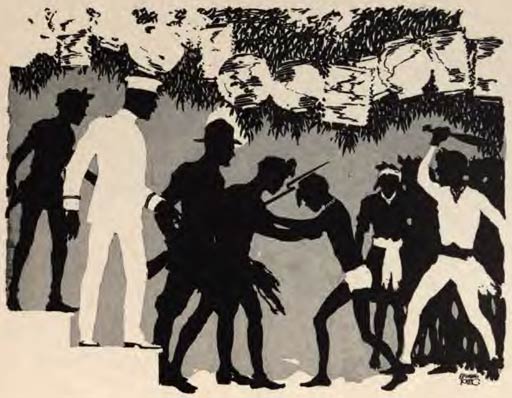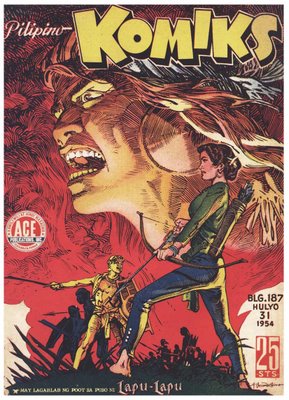This is Part 4 of a multi-part essay written for my “Pathless Travels” column. It was originally published in Northern Weekly Dispatch, 21 Aug 2005, and which I then reposted a few months later on my defunct blog hosted at Blogspot. Read Part 1 here, Part 2 here, and Part 3 here.
The year was 2005, and the GMA broadcast network had scored a big hit with the sword-and-sorcery TV series Encantadia. Sword battle movies were on the comeback trail worldwide, from Hollywood to China, and the genre seemed to appeal to Filipino sensitivities. But does it really unlock insights to our own history? From our rich historical military legacy as a people, are we learning anything practical and applicable to our own times?

I hope that you, most patient readers, have followed me thus far. Maybe you get in a vague way what I’m trying to say but can’t pin it down. Some of you might suspect that this is merely a nostalgia trip that meanders from one hazy idea to the next. So let me try and summarize the whole nebulous thought in one short paragraph:
War is too important to society to be left only to the professional soldiery. It must be the serious and routine business of the whole citizenry. Let us learn from our rich military legacy, not just through films and books, but by preserving and using what is still of practical use. Continue reading “Romancing the sword (4)”



